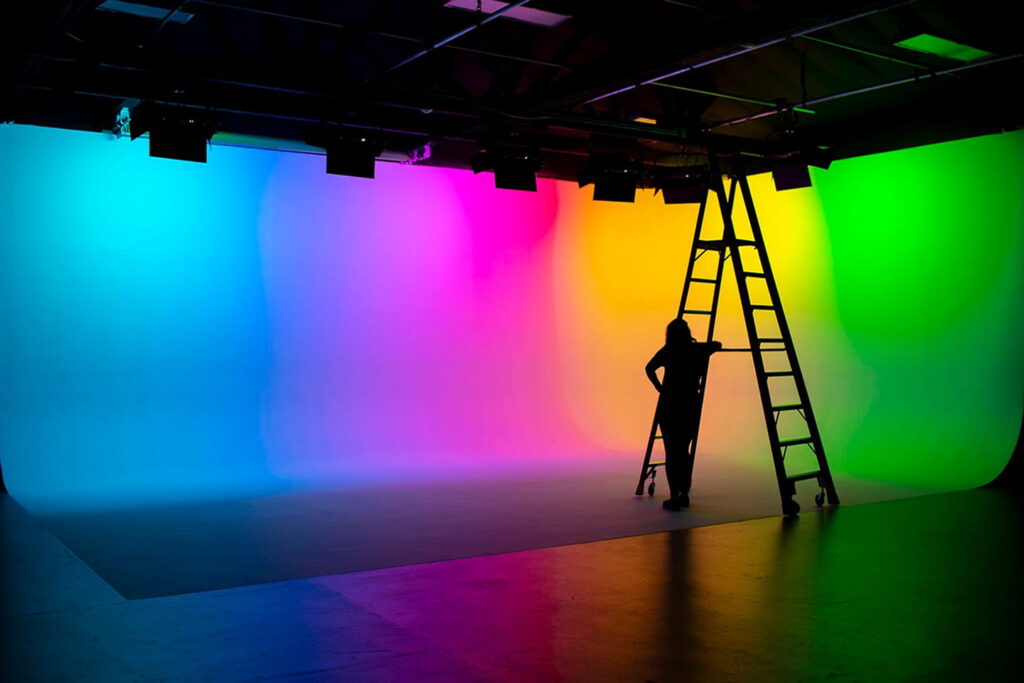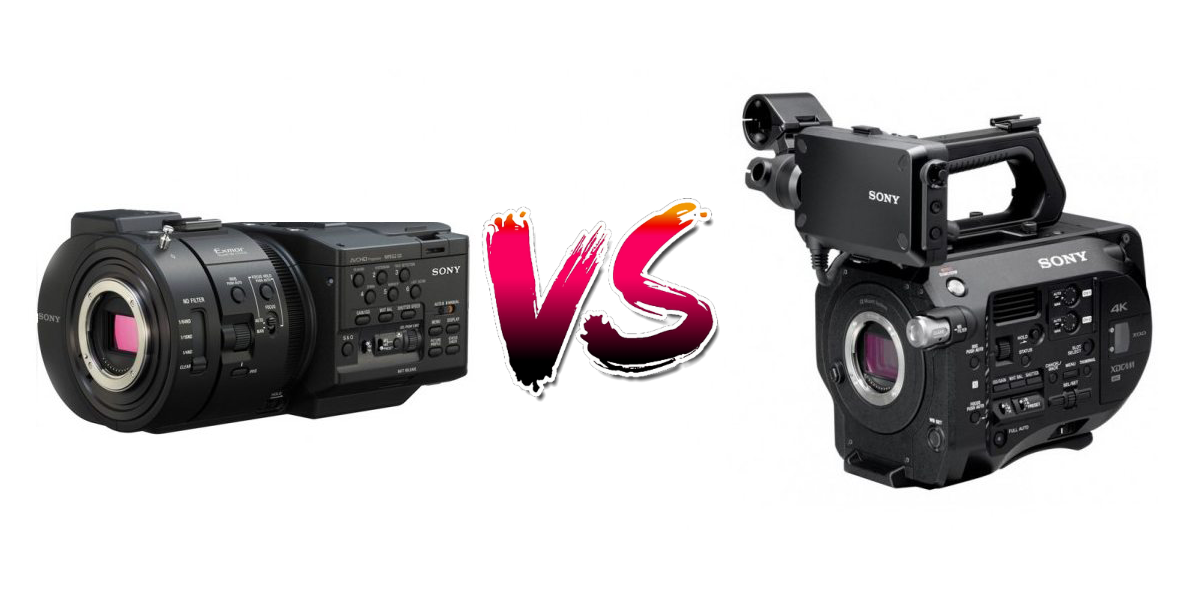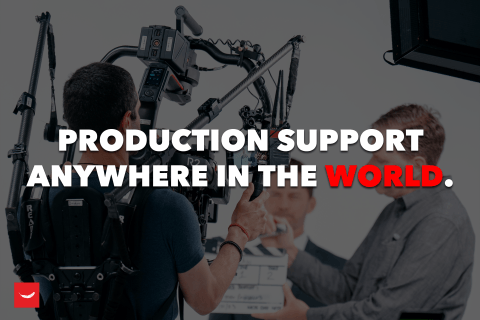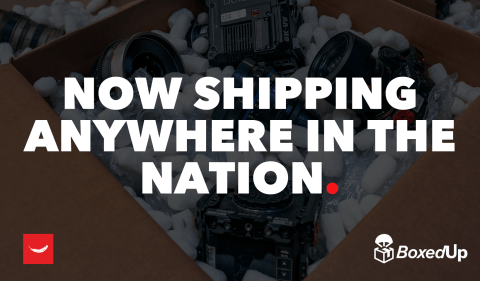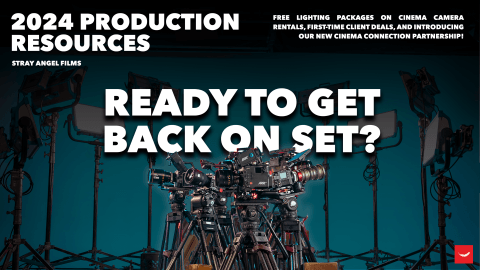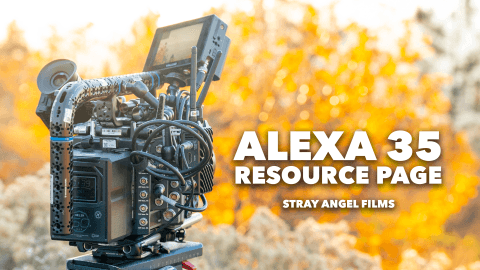The Sony FS700 was a huge success, largely due to the fact that it was the cheapest and easiest way to shoot slow-motion. Now, almost four years later, Sony is releasing the successor to the F700, the FS7. To the naked eye, it looks very similar to the FS700, but there are some notable differences.
The biggest difference between the Sony FS700 and FS7 is that the FS7 shoots 4K internally. The FS700 does have a 4K capable sensor, however, to shoot in 4K you would need an expensive external recorder and possibly a hardware upgrade. Straight out of the box the FS7 can start shooting 4K. While it appears the FS700 may have an advantage over the FS7 because it can shoot 240fps (the FS7 maxes out at 180fps), there is a difference in the way these two cameras shoot slow-motion.
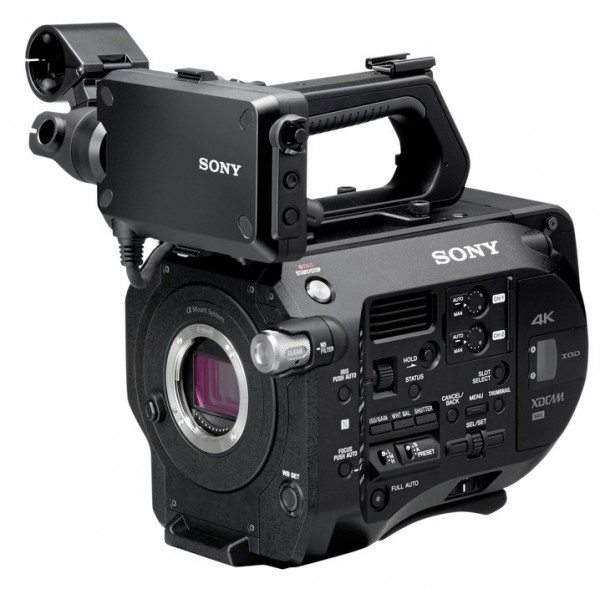
The FS700 relies on a buffer system when the camera is in S&Q mode, as it is constantly recording & erasing (buffering) to its internal memory. When you’re using the camera in start trigger mode, you press the record button and it immediately starts to fill that buffer up. Once it’s full or you press the record button again, the camera records what’s saved from internal memory to the SD card. This buffering system can be useful, and especially with the End Trigger mode setting. Because the camera is constantly recording and erasing, End Trigger mode allows you to press record after the event you wanted to record just happened. Specifically, the FS700 will record the last 8 seconds of video that it was buffering to your SD Card.
On the other hand, the FS7 records slow motion as soon as you hit that record button: no internal buffering, no recording the event after the fact. The advantage of this system is unlike the FS700, the FS7 will allow you to record slow motion for longer, which is dependent on the size of that SD card.
For more information on how to rent the latest Sony Cinema Cameras, email [email protected], give us a call or stop in for a demo. We’d love to see you!
Check out the video we shot comparing the two cameras:
